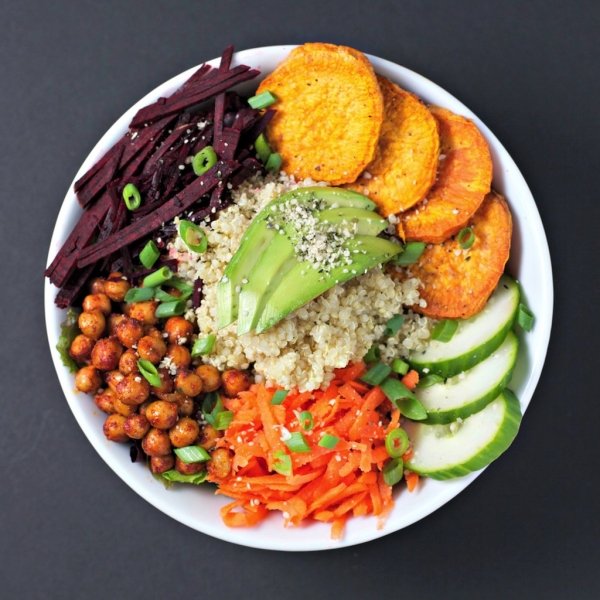
While there are many diet fads and trends that have come and gone over the years that dietitians warn against, there’s a new trend that many registered dietitians can get on board with. A Baylor College of Medicine dietitian said that going meatless once a week can be beneficial to your diet, and she offers tips on how to have a successful meat-free day.
“The idea of going meatless once a week is encouraging the thought of a plant-based diet,” said Roberta Anding, registered dietitian at Baylor. “Going meatless is best defined as eating less meat and animal protein. It doesn’t mean you can just have macaroni and cheese for dinner, but that you venture out and have a hearty lentil stew or a chickpea curry, for example.”
Anding said that animal-based protein is where most of the saturated fat comes from in the American diet, so going meatless means you are getting less saturated fat. It also means that you are getting more fiber.
“The average American consumes about 10 to 15 grams of fiber per day, while the recommended amount is 25 to 30 grams,” said Anding.
A cup of beans has about 8 grams of fiber, whereas meat has no fiber, so it’s an opportunity to swap out meat for a fiber-rich food.
One of the biggest misconceptions that people have is that they would not get enough protein without eating meat, but Anding says that is factually not true.
“We tend to over consume protein,” she said.
The general rule of thumb is to get one gram of protein per one pound of body weight. For example, for a teen cyclist who weighs 130 pounds and is training heavily, the most protein he or she would need is 130 grams per day. This protein can come from beans, tofu, hummus, peanut butter and other foods to add up to 130 grams.
“There’s a lot of different ways of making those protein swaps and getting the amount of protein that you need,” said Anding.
She also noted that if you have tried going meatless, but don’t feel as full as you would with animal protein, try incorporating beans into your diet as they tend to be more filling.
Anding does warn that you cannot go from a traditional animal-based diet to a high-fiber plant-based diet without a little lead-in, because too much fiber can lead to gas, cramping, bloating and even diarrhea.
“Your body is not ready for that big fiber onslaught,” she said.
Anding outlines what a good meatless day diet could look like:
Breakfast: Smoothie with Greek yogurt, bananas, apples and spinach along with a slice of toast with peanut butter
Lunch: Bean burrito or hummus on a tortilla with oven roasted vegetables and salsa with some pretzels and grapes on the side
Snack: Almonds (regular or flavored)
Dinner: Lentil or curry dish
Anding also noted that meat is usually the most expensive item on the plate, so going meatless can help save money.
 Related Articles & Free Subscription
Related Articles & Free Subscription
Do You Need to Take a Dietary Supplement?






Comment here